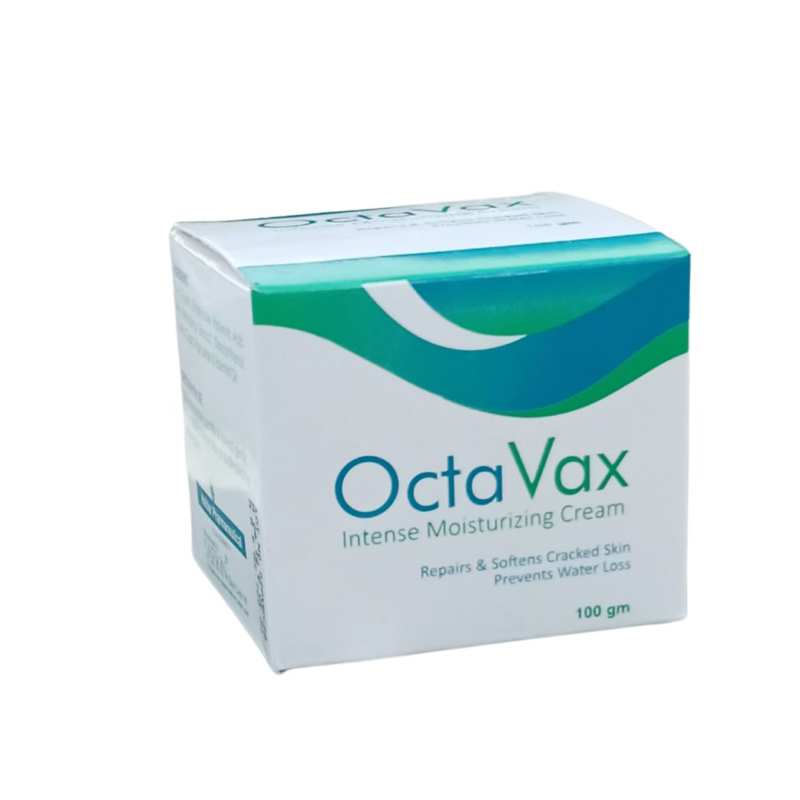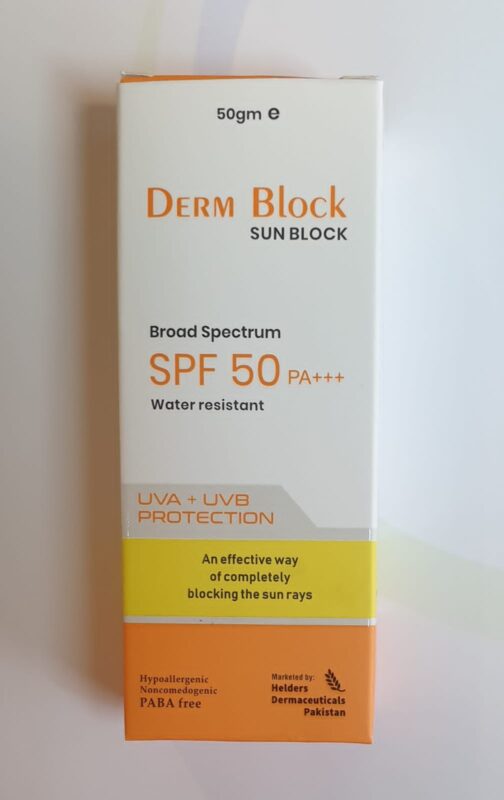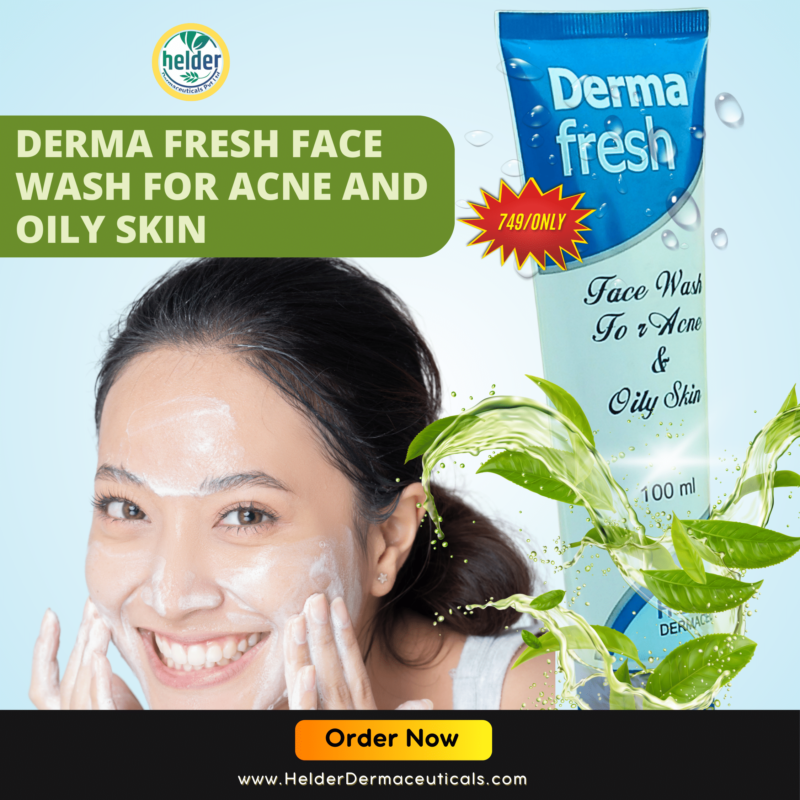Introduction
Hook: Start with a relatable scenario about the emotional and physical impact of acne.
Prevalence: Briefly mention how common acne is.
The Double Whammy: Introduce the idea that acne isn’t just about current breakouts but also the potential for lasting scars.
Article Promise: Clearly state what the reader will gain from this article – a comprehensive guide to understanding, treating, and most importantly, preventing acne and its lasting scars.
Thesis Statement: Emphasize that proactive steps are key to achieving clear skin and avoiding post-inflammatory marks.
Understanding Acne: More Than Just Pimples
What is Acne? Simple explanation of the clogged pore, oil, bacteria, and inflammation cycle.
Types of Acne:
- Non-inflammatory: Blackheads, whiteheads (comedones). Briefly explain why these can progress.
- Inflammatory: Papules, pustules, nodules, cysts. Emphasize the increased risk of scarring with these types.
Common Causes/Triggers:
- Hormonal fluctuations (puberty, menstrual cycle, stress).
- Genetics.
- Diet (briefly mention ongoing research, avoid definitive claims).
- Stress (how it can exacerbate).
- Certain medications.
- Improper skincare habits.
Why Understanding Matters: Link understanding the causes to effectively preventing acne and its lasting scars.
The Scar Story: How Acne Leaves its Mark
How Scars Form: Explain the body’s healing process and why sometimes it goes wrong, leading to collagen disruption.
Types of Acne Scars:
- Atrophic (depressed): Ice pick, boxcar, rolling. Briefly describe their appearance.
- Hypertrophic/Keloid (raised): Briefly describe. (Less common but important to mention).
- Post-inflammatory Hyperpigmentation (PIH) & Erythema (PIE): Emphasize these are not true scars but discoloration. Crucial to differentiate as treatment differs.
The Emotional Toll: Briefly touch upon the psychological impact of visible scars.
The Good News: Reinforce that steps can be taken for preventing acne and its lasting scars.
Proactive Skincare: The Cornerstone of Preventing Acne and Its Lasting Scars
Gentle Cleansing:
- Twice daily, lukewarm water.
- Avoid harsh scrubbing.
- Recommended cleansers (salicylic acid, benzoyl peroxide for active breakouts – explain why).

Targeted Treatments (Topicals):
- Over-the-counter (OTC): Benzoyl peroxide (antibacterial), Salicylic acid (exfoliating). Explain how they work in preventing acne and its lasting scars.
- Retinoids (prescription strength – e.g., Tretinoin, Adapalene): Explain their role in cell turnover, unclogging pores, and preventing acne and its lasting scars (by reducing new lesions and improving texture). Crucial point: Emphasize sun protection with retinoids.
- Spot Treatments: Use sparingly.
Moisturize Regularly:
- Non-comedogenic, oil-free.
- Even oily skin needs moisture to prevent overproduction of oil.
Sun Protection is Non-Negotiable:
- Why SPF is vital: Prevents PIH from worsening, protects skin barrier, essential when using photosensitizing treatments (like retinoids). Directly links to preventing acne and its lasting scars.

Hands Off! (Avoid Picking/Squeezing): Explain the direct link between manipulation and increased inflammation/scarring. This is a primary method of preventing acne and its lasting scars.
Product Selection: Emphasize “non-comedogenic,” “oil-free,” “fragrance-free.”
Lifestyle Habits for Preventing Acne and Its Lasting Scars
Diet:
- Focus on a balanced diet (fruits, vegetables, whole grains).
- Limit refined sugars and processed foods (mention potential links without making definitive claims).
- Stay hydrated.
Stress Management:
- Techniques: exercise, meditation, hobbies. Explain the cortisol connection.
Sleep: Importance of adequate sleep for skin health and repair.
Hygiene Habits:
- Clean pillowcases, phone screens, glasses.
- Washing hair regularly (especially if oily).
- Cleaning makeup brushes.
Exercise: How it can improve circulation and reduce stress, indirectly aiding in preventing acne and its lasting scars.

When to Seek Professional Help: Escalating Your Efforts
When OTC isn’t enough: Persistent, severe, or cystic acne.
Dermatologist’s Role:
- Prescription medications (oral antibiotics, isotretinoin, hormonal therapies).
- In-office procedures (extractions, chemical peels, light therapy).
- Early intervention by a dermatologist is crucial for preventing acne and its lasting scars.
Addressing Existing Scars: Briefly mention treatments for existing scars (lasers, microneedling, fillers, subcision) but emphasize that the focus of the article is preventing acne and its lasting scars.
Long-Term Perspective and Persistence
Acne is a Journey: Emphasize that results take time and consistency.
Patience and Persistence: Reiterate the importance of sticking to a routine.
Positive Mindset: Encourage self-compassion.
Reinforce the Power of Prevention: End by reiterating that actively preventing acne and its lasting scars is the most effective approach for long-term skin health.

Conclusion
ummarize Key Takeaways: Briefly reiterate understanding, treating, and preventing.
Empowerment: Leave the reader feeling empowered to take control of their skin health.
Final Call to Action: Encourage consistent effort towards preventing acne and its lasting scars for clearer, healthier skin.
Tips for Writing and Achieving Word Count:
- Elaborate on Each Point: Don’t just list; explain why each step is important. For example, instead of just “Use SPF,” explain why SPF is crucial for preventing PIH and protecting skin undergoing treatment.
- Provide Examples: Where possible, give concrete examples of product types or habits.
- Use Transitional Phrases: Ensure a smooth flow between paragraphs and sections.
- Break Down Complex Ideas: Use analogies or simpler terms to explain scientific concepts related to acne formation or scarring.
- Expand on the “Why”: For every recommendation, explain the underlying reason. This adds depth and helps the reader understand the logic behind the advice.
- Re-read and Refine: After writing a draft, go back and expand on sections that feel too brief. Look for opportunities to add more detail, examples, or explanations.
- Integrate Keywords Naturally: Don’t just stuff “Preventing Acne and Its Lasting Scars” in randomly. Weave it into sentences where it makes sense and enhances the message. For example:
- “The first step in preventing acne and its lasting scars is understanding its root causes.”
- “Gentle skincare is paramount for preventing acne and its lasting scars.”
- “Early intervention by a dermatologist plays a critical role in preventing acne and its lasting scars.”
- “Consistency in your routine is key to successfully preventing acne and its lasting scars.”
- “By addressing inflammation early, you’re directly contributing to preventing acne and its lasting scars.”
